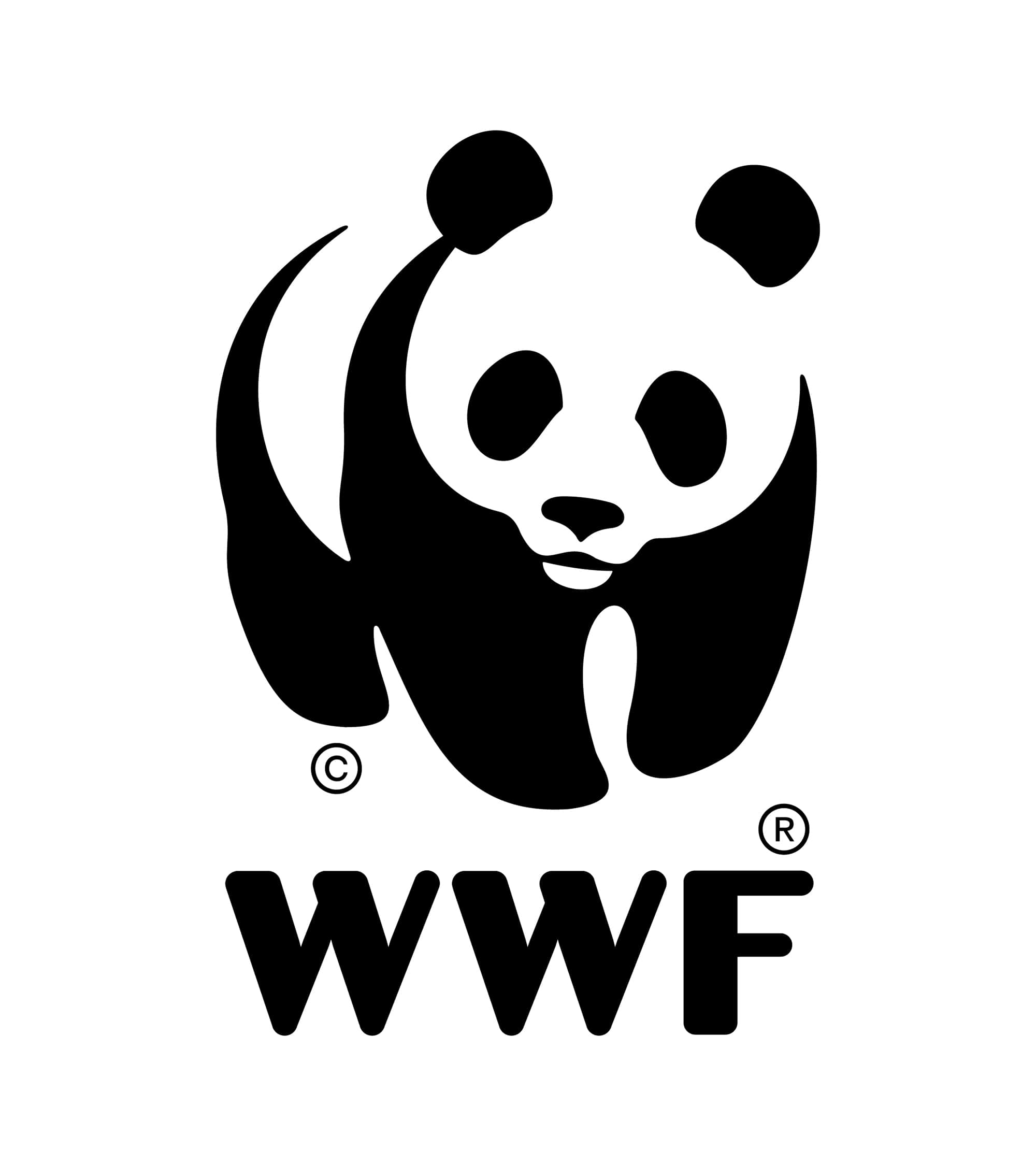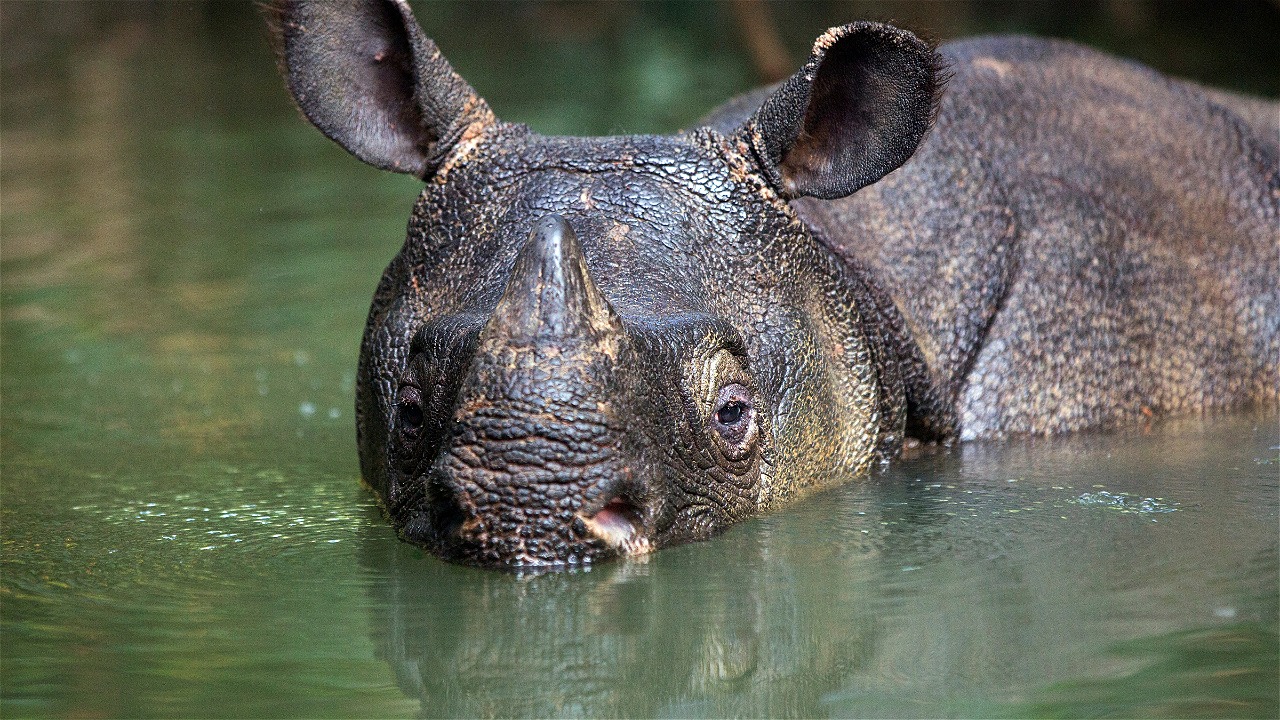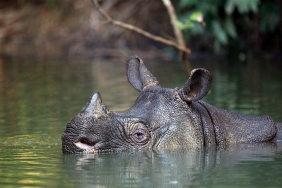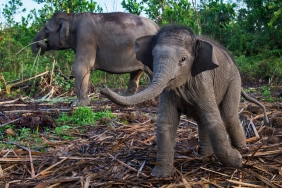JAVAN RHINO, SHALL NOT BE A TALE
By: Iwan Setiawan
Javan Rhino(Rhinocerus sondaicus) is a unique species of rhino with their single horn and can only be found in Java Island. The existance of this thick-skinned mammal—which is actually capable to bear climate change and used to wallow in the muddy pond—ironically is in the brink of extinction.
According to the data from some researches in Ujung Kulon National Park conducted during 2009-2010, there were only 50 individuals remained. These studies used “camera traps” and capture Mark Recapture (CMR) method in regard to estimate the population. The data from camera traps showed some evidence of birth and death of rhino from the year 2000 to 2010. If the birth rate and mortality are counted in population growth, the population of Javan rhino in the park shows growth trend of not more than 1% annually.
“Those findings describe the trend of stagnancy on Badak Jawa population growth. In addition to that, the actual composition between male rhino and female ones is 3 to 2. However, the experts argue that such condition still enablesthem to breed. It was confirmed by the birth of baby rhino every 2 to 3 years in Ujung Kulon,” explained Adhi Hariyadi, WWF Ujung Kulon Project Leader.
The government of Indonesia itself has targeted 3% of Javan rhino population growth in a year, which contradicts the fact showing the growth stagnancy at 1%. According to Adhi, a number of aspects that indicated the cause of the breeding problem are lack of overlap (meeting) between potential male and female rhino, the quantity and quality of available nutrition, as well as quality genetics that have been relatively homogenous. Furthermore, the ecosystem of this extinct mammal has been threatened by vegetation succession transforming the primary forest that likely leads to reduce their feeding ground (hiatus).
The hard work of all parties is needed in an effort to preserve the population of this prehistoric species that have survived for over 50,000 years. This matter is particularly a challenge for WWF that has been striving conservation works for nearly 50 years in Indonesia, guarding the existance of Javan rhino in Ujung Kulon. WWF as a global conservative organization that concerns about preservation of fauna, enacted Javan rhino conservation in Ujung Kulon NP as their first project in Indonesia.
“By far WWF have undertaken two pillars of conservation. First is securing the Javan rhino habitat in Ujung Kulon, and secondly preparing their second habitat elsewhere outside the conservation area. The second pillar is developed to anticipate the greatest risk of species extinction if natural disasters occurred and destroyed the entire population of one habitat one at a time,” Adhi added.
“World Rhino Day” has been proclaimed in 2010 by WWF International, celebrated every year in September 22. Through Rhinocare program, people have the opportunity to take part in rhino conservation works. They are able to give donation to support WWF-Indonesia rhino conservation efforts, varying from research, monitoring activities, and many more.
Rhino Day has also become a great moment to build people awareness regarding Javan rhino, the world heritage which needs to be proud of. Beside Africa, Indonesia still have two species of rhinoceros and both are considered as endangered species. On the occasion of the second annual Worl Rhino Day, WWF calls for an end to rhino poaching which threatens the survival of rhino species.





